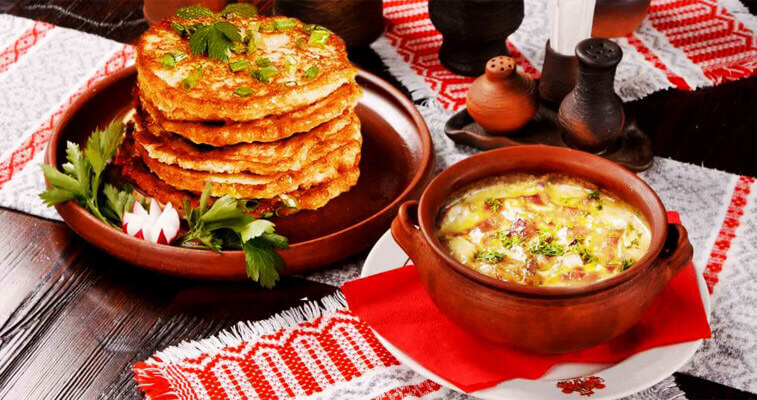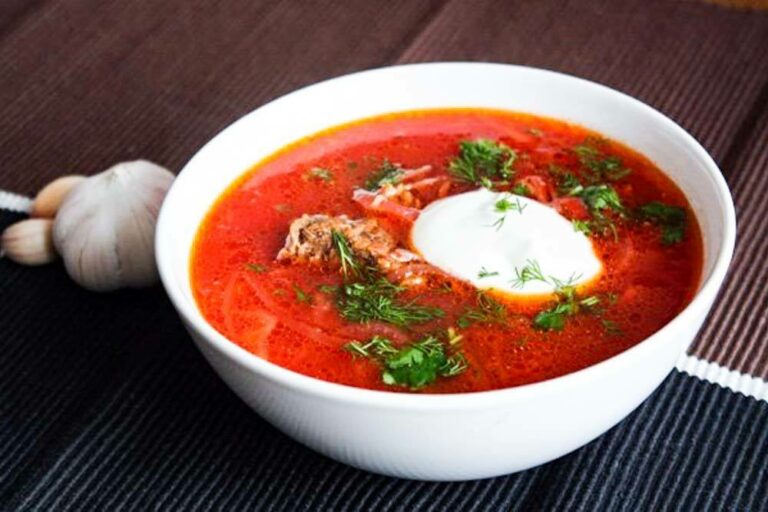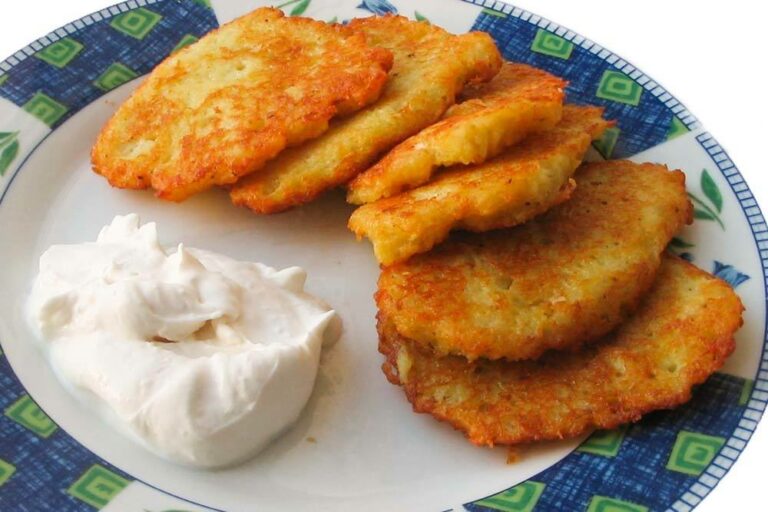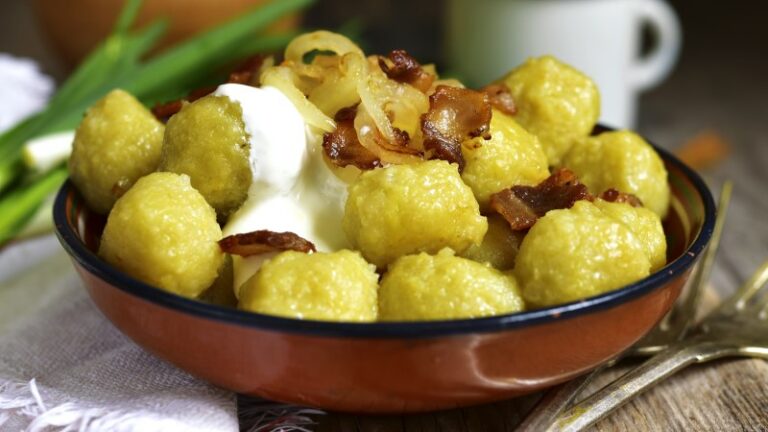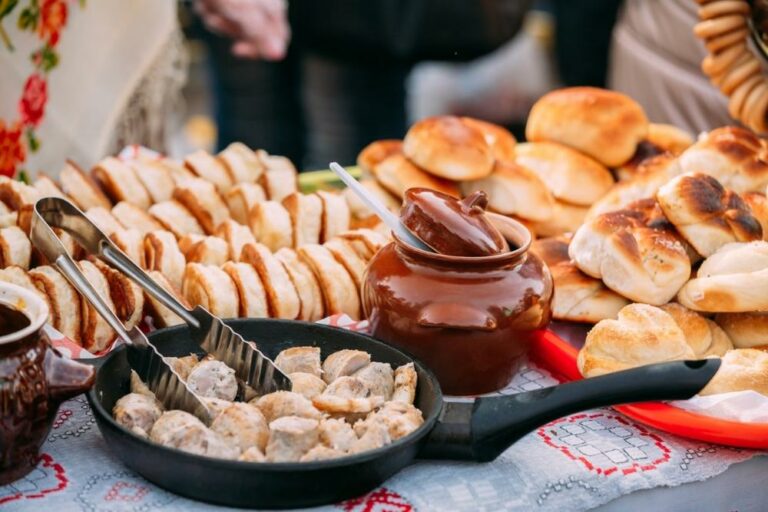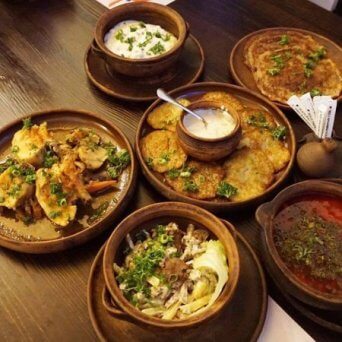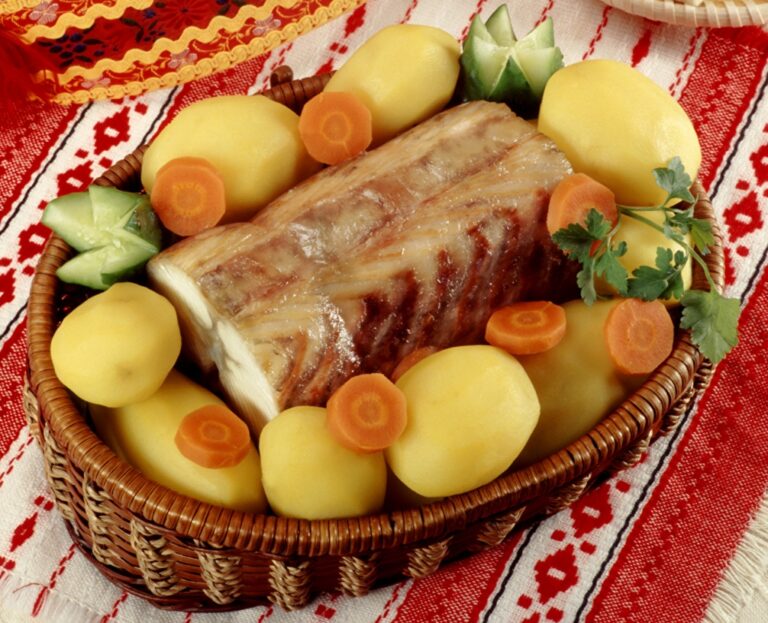Introduction to Belarusian Cuisine
Belarusian cuisine is a reflection of the country’s rich history and cultural heritage. It is a blend of various traditions influenced by the neighboring countries, including Russia, Ukraine, Lithuania, and Poland. The cuisine is characterized by its use of simple, hearty ingredients such as potatoes, meat, and dairy products.
A Brief History of Belarusian Cuisine
Belarusian cuisine dates back to the 9th century when the region was inhabited by the Slavic tribes. The cuisine evolved over time, influenced by the various cultures that ruled the region. During the Grand Duchy of Lithuania, the cuisine was heavily influenced by Jewish, Tatar, and Polish cuisine. Later, during the Soviet era, the cuisine became more standardized, with an emphasis on affordability and practicality.
Common Ingredients in Belarusian Cuisine
Potatoes are a staple in Belarusian cuisine and are used in various dishes such as draniki (potato pancakes) and babka (potato pie). Meat, particularly pork, is also a common ingredient, and it is used in dishes such as machanka (pork stew) and kolduny (meat dumplings). Dairy products, such as sour cream and cottage cheese, are also widely used in Belarusian cuisine.
Traditional Belarusian Dishes
Some of the most popular traditional Belarusian dishes include draniki, machanka, kolduny, babka, and zhurek (sour rye soup). Other popular dishes include halushki (potato and cabbage stew), herring under a fur coat (a layered salad made with herring, potatoes, beets, and carrots), and kulaga (a sweet dessert made with berries and honey).
Spice Usage in Belarusian Cuisine
Belarusian cuisine is not typically known for its spicy flavor profile. Instead, it relies on simple ingredients and traditional cooking methods to create hearty, comforting dishes. However, this does not mean that spices are completely absent from Belarusian cuisine.
Is Belarusian Cuisine Spicy?
Overall, Belarusian cuisine is not considered spicy. Most dishes rely on simple flavorings such as salt, pepper, and herbs. However, some dishes may include a touch of heat from black pepper or paprika. It is worth noting that the level of spiciness can vary depending on the individual cook’s preferences.
Regional Variations in Spice Usage
While Belarusian cuisine as a whole is not known for its spiciness, there may be some regional variations in spice usage. For example, dishes from the western regions of Belarus may be more likely to include spicy flavors due to the influence of Polish and Lithuanian cuisine.
Conclusion: The Spiciness of Belarusian Cuisine
In conclusion, Belarusian cuisine is not typically associated with spiciness. The cuisine relies on simple ingredients and traditional cooking methods to create hearty, comforting dishes. However, some dishes may include a touch of heat from black pepper or paprika, and there may be some regional variations in spice usage. Overall, Belarusian cuisine is a delicious and unique cuisine that is worth exploring for its rich history and cultural significance.

